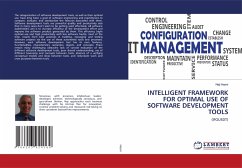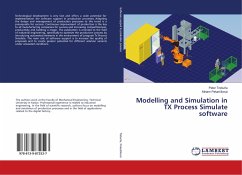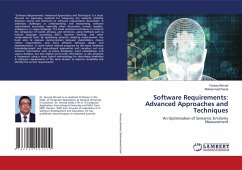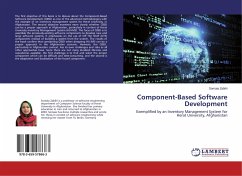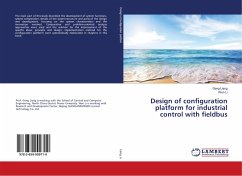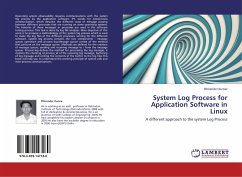
SOFTWARE INTEROPERABILITY
Versandkostenfrei!
Versandfertig in 6-10 Tagen
64,99 €
inkl. MwSt.

PAYBACK Punkte
32 °P sammeln!
While there have been significant results achieved by the use of automated software development tools (coming mainly from the widespread increase of customers' adoption of these tools), there remains many challenging obstacles such as: lack of communication between the different software development tools, poor shared understanding; use of different syntax and concepts between tools, limits in interoperability between tools, absence of a unifying conceptual models and ideas between tools, as well as redundant work and cross purposes between tools.The approach undertaken in this book, to overco...
While there have been significant results achieved by the use of automated software development tools (coming mainly from the widespread increase of customers' adoption of these tools), there remains many challenging obstacles such as: lack of communication between the different software development tools, poor shared understanding; use of different syntax and concepts between tools, limits in interoperability between tools, absence of a unifying conceptual models and ideas between tools, as well as redundant work and cross purposes between tools.The approach undertaken in this book, to overcome the above-mentioned obstacles, was to construct an extensible "pilot" ontology. We applied the Feature-Oriented Domain Analysis approach to capture the commonalities between two well-chosen software development tools (RequisitePro), and a software prototyping tool (the Software Engineering Automation tool (SEATools), a research model with tool support for developing executable software prototypes). Then, we developed an ontology for the software development tools using the Protégé system. The ontology, expressed in Unified Modeling Language (UML), promotes interoperability.



